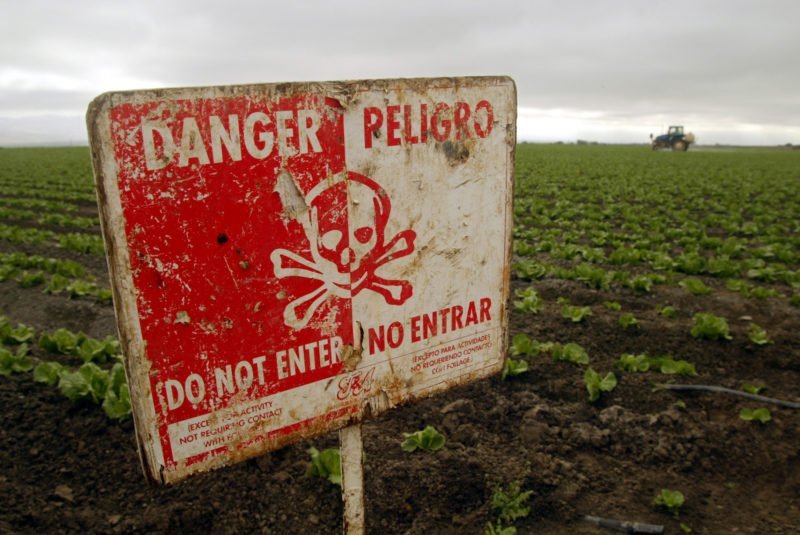There has been a long running controversy about the relative merits of hazard-based versus risk-based approaches in managing the potential for harm to human health from the use of chemicals.
Lofsted (2011) in his article ‘Risk versus Hazard—How to Regulate in the 21st Century’ outlined the issues involved. These included inconsistency in approach where countries use hazard-based legislation to ban chemicals of no consequence to their economy and risk-based legislation to keep the chemicals that matter to them.
This can result in inappropriate levels of concern, either too much or too little, over some chemicals due to factors such as perception of no choice in exposure, poorly understood technical issues such as dose response, unfamiliarity with uses and benefits, and political desire to ban or to keep in use.
The resultant controversy was expressed in the question “Should regulations be based on a hazard classification (that is the potential for a substance, activity or process to cause harm or adverse effect) or a risk (a combination of the likelihood and the severity of a substance, activity or process to cause harm) assessment?” (Lofsted 2011).
Codification Level 1 attempts to divide chemicals into the dichotomous bands of hazardous and non-hazardous. It does not allow for degree of hazard.
Codification Level 2 divides chemicals into a number of bands to accommodate different degrees of hazard based on severity of effects and/or potency of the agent.
Codification Level 3 places each chemical on a continuum of degree of hazard based on severity and/or potency.
…
One reason that Level 1 codification creates controversy is because it divides substances into only two categories: hazardous or non-hazardous. Controversy arises, because the fewer the categories, the greater the probability of disputes and the temptation to influence the assignment of a substance to a predetermined category in either direction.
…
In summary, the apparent controversy between hazard-based and risk-based chemical regulatory and safety assessment schemes is, in itself, a false dilemma—with a twist: determining human health safety does not need to rely simply on hazard OR risk, but can be properly addressed with data-specific acknowledgement of the range of adverse responses possible through the application of Level 2 or 3 codifications.































